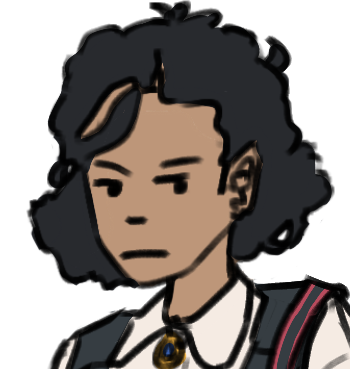NEW Story: Sunday Morning
Garden City

Vekllei is growing; it was an age of wonder. But it was still old enough to smell like wood smoke on cold days, when a thick mist travelled down from the highlands, filling and overflowing the valleys between glaciers, gentle and cool, leaving dew upon you. This is Vekllei; city of water and light.
Wet weather was Tzipora’s favourite because it made Vekllei feel like home. She recognised the smells better than she did the city. On rainy days Lola is filled with an urban fragrance of wood smoke and malt, which arose as vulcanised rubber and chemical soup washed down rain-slicked pavement.
A friendly petrichor rose out of the bitumen and soil around her. The smell changed with the temperature — warm rain brought out the ghosts of vehicle exhaust, which smelled like synthetic petrol and a quiet alkali vapour that took some of the chemical sting out of it. Cold weather erased most of the dusty tang of the roads, and brought out water and weeds. Depending on where you were, your unconscious could be led through wet, knee-high grasses or distinct pleasures like fresh bread on a sill or wintry wood fires. Almost always, the distant smell of sulphur reminded you of Vekllei’s volcanism. In America, she had associated the smell with sewerage — here, it was friendly and warming and ancient.
Above all, you could smell flowers. Vekllei is a city of flowers; it is a city of gardens. It is a commonly repeated fact that Vekllei has the most flowers per person in the world, and that fact is represented authentically in its decadently florid urban boroughs. Forget-me-nots, jasmine, lupines and mountain avens are a staple of every street. They are regarded not as a decoration but as a natural feature of all human landscapes — is it any wonder their people are so happy and well-centred?
There is a Newda concept called Dumousiantopet (lit. Parted Sublime) which means “beautiful and seperate,” meaning human architecture and nature should be separated. This is often mistaken abroad as a rejection of natural design or urban gardens — nothing could be further from the truth. Vekllei is full of nature — in some places, it thrives in its own natural kingdoms, called crown lands. In others, it cohabits pavement, streets, and parks alongside humans. What ‘dumousiantopet’ means is that architecture should not inform nature, and that the greatest gift of architecture towards nature is decay, not imitation. Upen is fascinated with decay and its processes, and Newda inherits this fascination with impermanence. Only in Vekllei do you see such radical modernist architecture encroached by mosses.
After a rain, Tzipora walked home. Usually she’d take the tram up the hill to Seispri, where she lived, but it was better to walk on days like this. The city was subdued, and familiar places revealed new dimensions to the senses. The soft, flat light of mist brought out images in old concrete. Surfaces shone bright with water. A glimpse at the other side of the coin.
